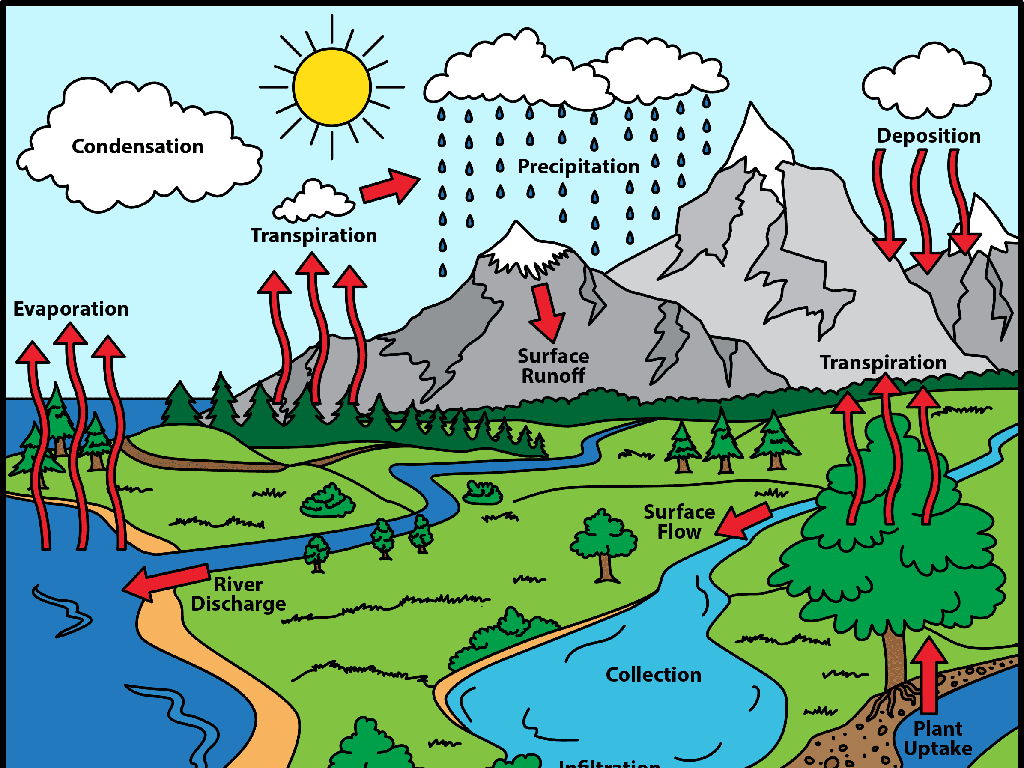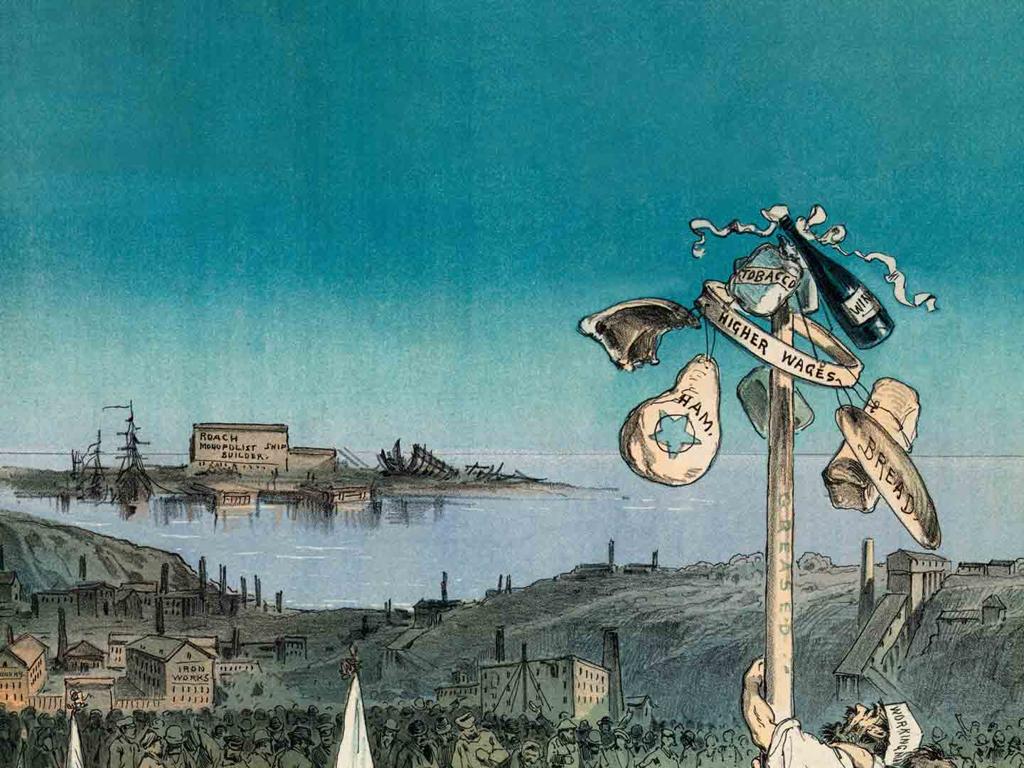Identify And Select Countries Of South America
Subject: Social studies
Grade: Sixth grade
Topic: The Americas: Geography
Please LOG IN to download the presentation. Access is available to registered users only.
View More Content
Welcome to South America!
– Explore the South American continent
– A diverse continent with rich cultures and landscapes
– Geography’s role in our world
– Geography helps us connect with other cultures and environments
– Identifying South American countries
– Learn the names and locations of all 12 countries
– Engage with interactive map activities
– Use maps to find countries and share interesting facts
|
This slide introduces students to the continent of South America, setting the stage for a lesson on geography’s importance and the identification of South American countries. Emphasize the diversity of the continent, including its various cultures, languages, and physical landscapes. Explain how geography helps us understand and relate to people from different parts of the world. The lesson will focus on learning to identify and locate the 12 countries of South America on a map. Incorporate interactive map activities to make the learning process engaging, such as using an online map tool or a physical map to find each country. Encourage students to discover interesting facts about each country to share with the class.
Exploring South America’s Geography
– Examine South America’s map
– Focus on the continent’s shape and location
– Major geographical features
– Andes Mountains, Amazon Basin, and more
– Political boundaries overview
– Borders that define countries and territories
– Introduction to South American countries
– Learn the names and capitals of each country
|
This slide is aimed at familiarizing students with the physical and political geography of South America. Start by showing a physical map and pointing out the continent’s shape, relative location, and major geographical features such as the Andes Mountains, the Amazon River, and the Amazon Rainforest. Then, transition to discussing political boundaries, explaining how natural features often influence country borders. Introduce the concept of countries and capitals, ensuring students understand the distinction between geography and political science. Encourage students to identify countries on the map and memorize their capitals as a foundational step in geography.
Exploring South American Countries
– List South American nations
– 12 independent countries, e.g., Brazil, Argentina, Peru
– Match flags to countries
– Flags: Brazil’s green and yellow, Argentina’s light blue and white
– Capitals and their significance
– Capitals: Brazil’s Brasília, Argentina’s Buenos Aires
– Geography and culture insights
– Learn about diverse landscapes and rich cultures
|
This slide aims to familiarize students with the countries of South America, their national flags, and capital cities. Start by presenting a map and listing all 12 independent countries. Then, show the flags and have students match them to the correct country, which helps with visual recognition. Discuss the capital cities, highlighting their historical and cultural importance. Encourage students to explore the unique geography and culture of each country, such as the Amazon rainforest in Brazil or the Andes mountains in Peru. This will provide a comprehensive understanding of South America’s diversity.
Cultural Glimpse of South America
– Diversity of South American cultures
– A melting pot of indigenous, African, and European influences
– Languages across the continent
– Predominantly Spanish and Portuguese, but also indigenous languages
– Traditions unique to South America
– Carnaval in Brazil, Tango in Argentina, and ancient Incan ceremonies
– Engaging facts about South America
– The Amazon Rainforest, the Andes, and the origin of chocolate
|
This slide aims to provide students with an overview of the rich cultural tapestry that makes up South America. Emphasize the blend of different cultural influences that have shaped the continent’s identity. Highlight the primary languages spoken, such as Spanish in most countries and Portuguese in Brazil, along with various indigenous languages that are still in use. Share interesting traditions like Brazil’s Carnaval, Argentina’s Tango, and Peru’s Incan heritage. Engage students with fun facts, such as the Amazon being the world’s largest rainforest, the Andes as the longest mountain range, and South America’s role in the history of chocolate. Encourage students to explore more about the diverse cultures and traditions that are unique to each South American country.
Exploring South America’s Geography
– Major rivers and mountains
– Amazon River, Andes Mountains
– Climate zones of South America
– Tropical, temperate, and arid zones
– Geography’s impact on lifestyle
– Different terrains affect food, housing, and jobs
– Class activity: Map labeling
|
This slide aims to introduce students to the physical geography of South America, highlighting major landforms such as the Amazon River and the Andes Mountains. Discuss the various climate zones found across the continent, from tropical regions near the equator to temperate and arid zones further south. Explore how these geographical features influence the daily lives of people, affecting their diet, the type of homes they build, and the jobs available. Engage students with a map labeling activity to identify these features and zones, reinforcing their understanding of South America’s geography.
Economic Overview of South America
– Main industries and resources
– Rich in natural resources like oil, copper, and soybeans
– Agriculture, mining, and tourism roles
– Agriculture: soybeans, coffee; Mining: copper, gold; Tourism: landmarks, culture
– Geography’s impact on economy
– Mountains, rivers, and climate influence economic activities
– Case study: Brazil’s economy
– Brazil’s diverse economy includes agriculture, mining, manufacturing, and services
|
This slide aims to provide students with an understanding of the economic landscape of South America by examining the main industries and resources of various countries. Emphasize the significance of agriculture, mining, and tourism as key sectors, and how the continent’s diverse geography, including the Amazon rainforest, Andes mountains, and extensive coastlines, plays a crucial role in shaping these economic activities. Highlight Brazil as a case study to illustrate the connection between a country’s geography and its economic diversity, including its position as a leading producer of coffee, soybeans, and a major player in the global mining industry. Encourage students to think about how the physical environment can affect the types of jobs and industries that are successful in a region.
Map Labeling Activity: South America
– Receive a blank map of South America
– Label all South American countries
– Mark the capital cities
– Capitals like Brasília, Buenos Aires, Lima
– Identify major geographical features
– Features like the Amazon River, Andes Mountains
|
This class activity is designed to reinforce the students’ knowledge of South American geography. Each student will be provided with a blank map to apply what they’ve learned by labeling each country in South America. They will also be required to mark the capital cities, enhancing their understanding of political geography. Additionally, students should identify major geographical features such as the Amazon River and the Andes Mountains, integrating physical geography into the exercise. For the teacher: Prepare blank maps in advance and ensure there are enough for each student. Consider creating a key or reference guide to assist students if they struggle. Possible variations of the activity could include pairing students for collaborative learning, or assigning specific countries or features to different students to present to the class.
Review: Countries of South America
– Recap South American countries
– List countries and capitals we’ve learned
– Review their capital cities
– How do capitals represent their country?
– Discuss geography’s impact
– How does location affect culture, economy?
– Open floor for questions
|
This slide aims to consolidate the students’ knowledge of South American countries and their capitals. Begin by reviewing the list of countries and their capitals to reinforce memory. Engage the class in a discussion about how geography influences a country’s cultural identity, economy, and global relationships. For example, countries with coastlines have different opportunities than landlocked ones. Encourage students to think critically about the relationship between location and lifestyle. Open the floor for questions to clarify any doubts and to foster a deeper understanding of the material covered. This interactive session will help students to connect geographical knowledge with real-world implications.
Homework: Explore South America
– Pick a South American country
– Research its geography & culture
– Look into the country’s landscapes, climate, and major cities
– Discover one interesting fact
– Find out about local traditions, language, and cuisine
– Get ready to present your findings
|
This homework assignment is designed to encourage students to independently explore the diverse countries of South America. They should focus on understanding the physical geography of their chosen country, including its location, terrain, and climate, as well as cultural aspects such as traditions, language, and food. Additionally, students are tasked with finding an interesting fact that makes the country unique, which could be a historical event, a natural wonder, or a notable figure. In the next class, students will share their paragraphs, which will help them practice their presentation skills and allow the class to learn about different South American countries from each other. Provide resources such as library books, approved websites, and documentary suggestions to aid their research.






